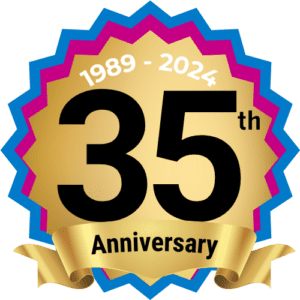What do IBM i Consultants do?
What do IBM i Consultants do?
Before answering that question it is vital to understand and look at what a consultant is.
At the simplest, a consultant is someone who you would consult on a subject; more specifically there is a level of experience implicit that suggests that a consultant would have specialist knowledge on that subject.
An IBM i consultant then is an IT consultant who specialises in the IBM i ecosystem and who can offer consulting services to businesses and organisations who either use or are investigating the use of the IBM i platform.

What services can an IBM i Consultant offer?
In the same way that medical consultants may be generalists, or might specialise in a specific discipline, the same is true of IBM i consultants. For this reason, let’s describe some of the types of consultancy that could be sought, and how a skilled consultant could service those requirements; whilst remembering that it is unlikely that a single consultant would be capable of meeting all those scenarios.
One of the hallmarks of a great consultant though is the ability to bring in supporting expertise where their own skillset does not cover the task at hand.
How does this differ from a general IT consultant?
Like Windows, Unix, or Linux machines, the IBM i has its own strengths, features, and quirks that mean that to get the best from it a consultant should understand the platform completely.
The IBM i is a powerful mid-range computing platform, and to utilise that power it needs to be implemented effectively. A consultant will be able to help organisations to develop and implement IBM i-based solutions and should be as adept at refining and optimizing existing systems.
Solutions could include:
- The design and implementation of high availability, disaster recovery, and backup solutions
- Deploying new applications (ERP, WMS, CRM)
- Investigating compliance with regulation (Sarbanes Oxley, PCI, ISO 27001)
Working as a business analyst, a consultant might work within an organisation mapping out, performing analysis, and suggesting solutions to meet a set of requirements. This could include the production of high-level designs which could form the basis of software development or the production of implementation plans for complex off-the-shelf packages for example.

Consultants experienced in the IBM i ecosystem will be up to date with the latest developments on the platform. This means that they are ideally placed to bring the efficiencies of the latest developments to their clients, for example:
- a new release of the IBM i operating system could unlock new features or additional performance.
- The IBM i can be moved from the premises and virtualised in the cloud.
- Backup can now be made to cloud storage or to virtual tape libraries.
An IBM i Consultant will be able to unlock the potential of the systems within a business, centered on the IBM i and will help to shape them into something greater than the individual parts.
In summary
If your business or organisation uses an IBM i, or one of its predecessors the IBM i Series, or AS/400, then a consultant will be able to work with you to achieve your business aims.
Rather than retaining and training an expensive internal resource, a consultant can be called upon for specific projects.
IBM i consultants will be experienced in the IBM i platform and also in how that platform can work in numerous business scenarios.
Joseph Vavasour
KFA Connect – IT Manager
13th March 2023
Want to know more? Get in touch with our team today.






